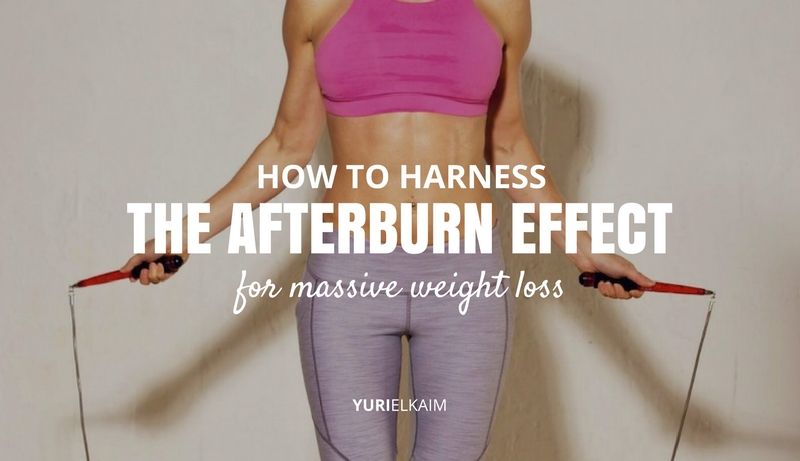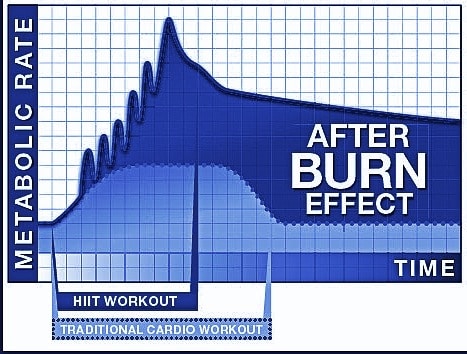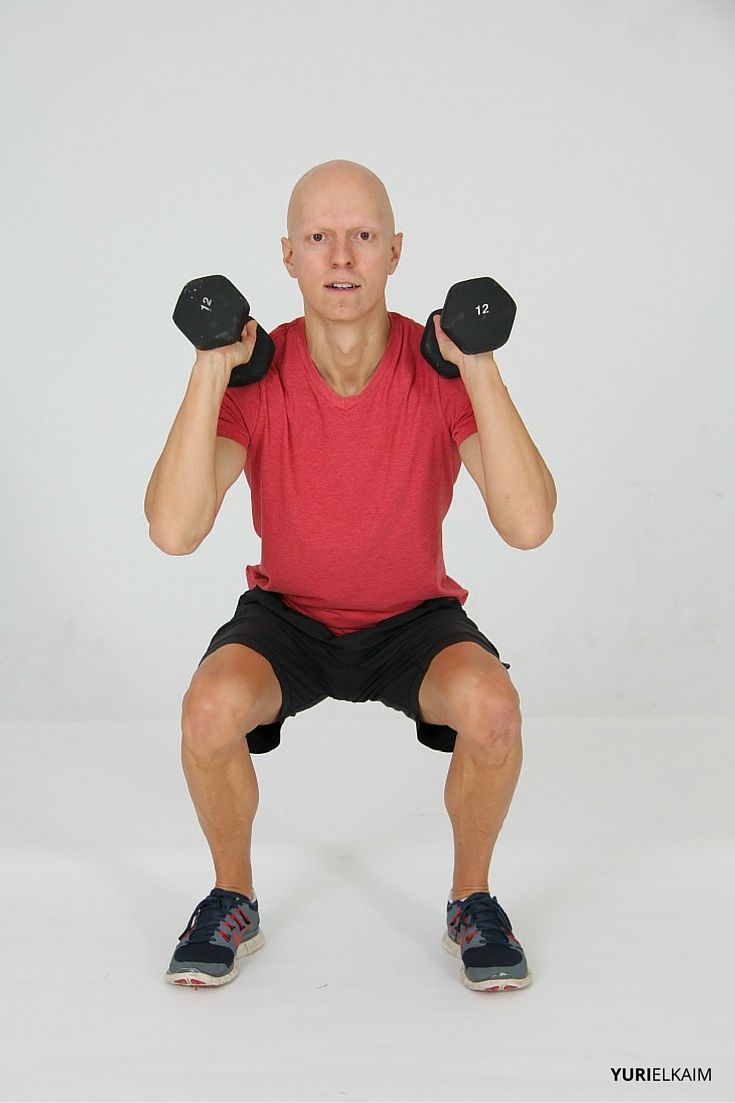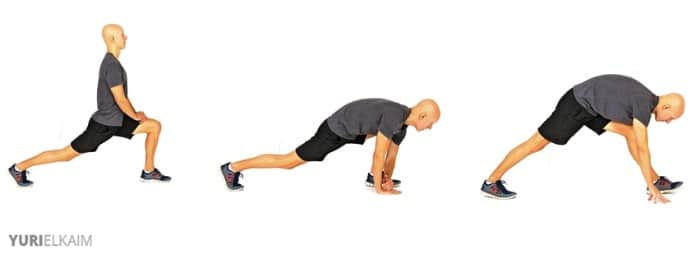In this article
Calories in, calories out.
That’s a well-worn weight-loss mantra that says in order to lose weight, we must consume fewer calories than we burn.
Since research has proven this to be true (metabolic and other disorders aside), most of us head to the nearest treadmill to “burn off” calories by jogging until we reach our calorie-burning quota.
Although it’s time consuming, most people consider “chronic cardio” a necessary evil when it comes to losing fat.
But is it truly the best path to weight loss and, most importantly, calorie burn?
Studies suggest the answer is a firm “No.”
By harnessing something called the “afterburn effect,” there’s a more efficient, less time-consuming way to boost both fat and calorie burning – long after we’ve left the gym (1).
This effect, officially known as excess post-exercise oxygen consumption, or EPOC, measures the amount of energy we use (or calories we burn) after a workout, rather than during.
Go for the Burn
Here’s a simple explanation of EPOC: during a workout we get out of breath and our muscles burn, because our cells become depleted of oxygen and lactic acid builds up in our muscles.
After our workout, our body has to work hard to restore our oxygen levels and clear out that lactic acid (as well as repair our muscles). All of that extra work increases post-exercise calorie burn, or EPOC.
The kicker is the fact that EPOC is higher following shorter, higher-intensity workouts (think under 30 minutes) than after longer, steady-state, “chronic cardio” style workouts.
In other words, you’re actually burning more calories with a shorter, more intense workout than if you’d exercised for longer at a lower intensity. Talk about more bang for your buck!
Of course, the number of calories burned after any workout depends largely on individual factors such as age, fitness level, duration, and intensity of the exercise performed.
Even so, studies have shown a 4.2 percent increase in metabolism after high-intensity resistance workouts that resulted in “significantly elevated” fat oxidation over a 16-hour period (2).
So how can you cash in on the fat-burning effects of afterburn? Below are tried-and-tested exercises and methods to ramp up your EPOC and set out on the path to increased fat burn.
Intensity Matters
Intensity is the most important fitness tip to keep in mind when it comes to taking advantage of the afterburn effect.
In fact, there is a direct correlation between the intensity of the exercise performed and its afterburn, with the best results coming from strenuous resistance exercise performed in bursts (1).
The Afterburn Effect: HIIT vs. Traditional Cardio and Your Metabolism
What does this look like in terms of a workout? Most research reveals working out at 70 to 85 percent of your maximum heart rate, with a 2:1 work-to-rest ratio to be the sweet spot (3).
This can take the form of sprint training, compound exercises (which we’ll learn more about shortly), circuit training, and even Tabata workouts.
The key is to maximize your “work” period with near all-out effort. For instance, if you’re sprinting for 30 seconds, be sure to really push during those seconds, then alternate with a short 60 second period of recovery.
Still skeptical about going all-out during your training?
A study from the University of New South Wales Medical Sciences found that high-intensity intermittent exercise burned three times more body fat than steady-state cardio.
The researchers studied two groups, finding that the group who sprinted on a bike for 8 seconds, followed by 12 seconds of light exercise for 20 minutes, lost 2.5 kg of subcutaneous fat, while the other group, who exercised at a continuous, steady pace for 40 minutes, showed no loss of fat (4).
Compound Movements and Heavy Weights
Compound exercises with weights, such as squat presses, lunge presses, and the deadlift-to-row, are the name of the game when it comes to creating a massive afterburn, due to their ability to work nearly all of the large muscle groups simultaneously.
Example of a Compound Movement: The Squat Press
These not only build muscle (which, as we know, increases resting metabolic rate in and of itself) but also provides the level of intensity needed to initiate greater EPOC (5).
In fact, research shows compound exercises may be one of the best ways to stimulate the afterburn effect.
According to a study published in the European Journal of Applied Physiology, a 30-minute compound exercise workout consisting of four circuits of bench press, power cleans, and squats elevated participants’ metabolisms for an astounding 48 hours following the workout (6).
The key to maximizing the afterburn effect using compound exercises is to use a heavy weight (individualized to you and your fitness level – something that keeps you within the 6-8 repetition range, with good form) with little to no rest between sets.
A sample workout may look something like this, cycling through the exercises three times:
- Dumbbell Squat Press – 6-8 reps
- Dumbbell Step-Up Press – 6-8 reps each leg
- Dumbbell Walking Lunges – 6-8 reps each leg
- Renegade Row – 6-8 reps each arm
Note: To learn how to perform each of these exercises, check out this post: The Ultimate Guide to the Best Compound Dumbbell Exercises.
Of course, there are a variety of compound exercises that can be put together to form an effective compound workout, but the key is to perform these exercises at maximum intensity, which is one of the reasons we want to use a heavier weight.
Heavier weight training also has the ability to increase afterburn, since muscle tissue, even while the body is at rest, burns more calories than fat tissue.
High-Intensity Interval Training (HIIT)
HIIT is similar to performing compound exercises, but also includes exercises without weights that involve high-intensity “bursts” of activity in the 70 to 85 percent maximum heart rate range.
Sprints are one of the most popular forms of HIIT, but you can also incorporate skipping, rowing or cycling. Again, the key is intensity.
A good rule of thumb for HIIT workouts is to warm up first, then go for all-out effort (basically, sprinting or cycling like your life depends upon it) for 20-30 seconds, alternated with a 60 minute rest period for a total of 15-20 minutes.
Know that is may take some time to work up to practicing HIIT (especially sprints) for 20 minutes, as they are extremely intense.
Once you’ve reached 15-20 minutes in your sprint routine, you can even dial it up a notch and give hill sprints a try for a maximum intensity HIIT and leg workout.
Afterburn Effect Precautions
You definitely shouldn’t jump right into a HIIT workout – or any all-out afterburn workout, for that matter – without adequately warming up your body with some light cardio and dynamic stretches.
Pre-Workout Dynamic Stretching: 2-Step Hamstring Stretch
And for beginners, make sure to gradually work up to longer HIIT workouts, or even set intervals.
For example, when just starting with sprints, you may only be able to go all-out for 15 seconds instead of 30; this is to be expected, and it’s better to build up slowly than risk injury.
Also, keep in mind that HIIT workouts should only be done two to three times a week due to their level of intensity.
More Burn, Less time
One of the best aspects of afterburn workouts is the time they save.
Instead of spending over an hour on a treadmill in an attempt to burn calories, we can now up the intensity a bit and spend less time in the gym, with the exciting realization that we’re actually burning more calories over the long term.
Feel the Afterburn
Want a little boost to your afterburn training? Check out my Interval Speed Burst Workout, which will help you push a little harder during your next HIIT workout.
HIIT workouts are amazing for revving your metabolism and training your body to burn fat while building cardio endurance, and these audio downloads will help you get it done fast, in just 5 minutes.
Download it right now – for FREE! – by clicking the banner below.





